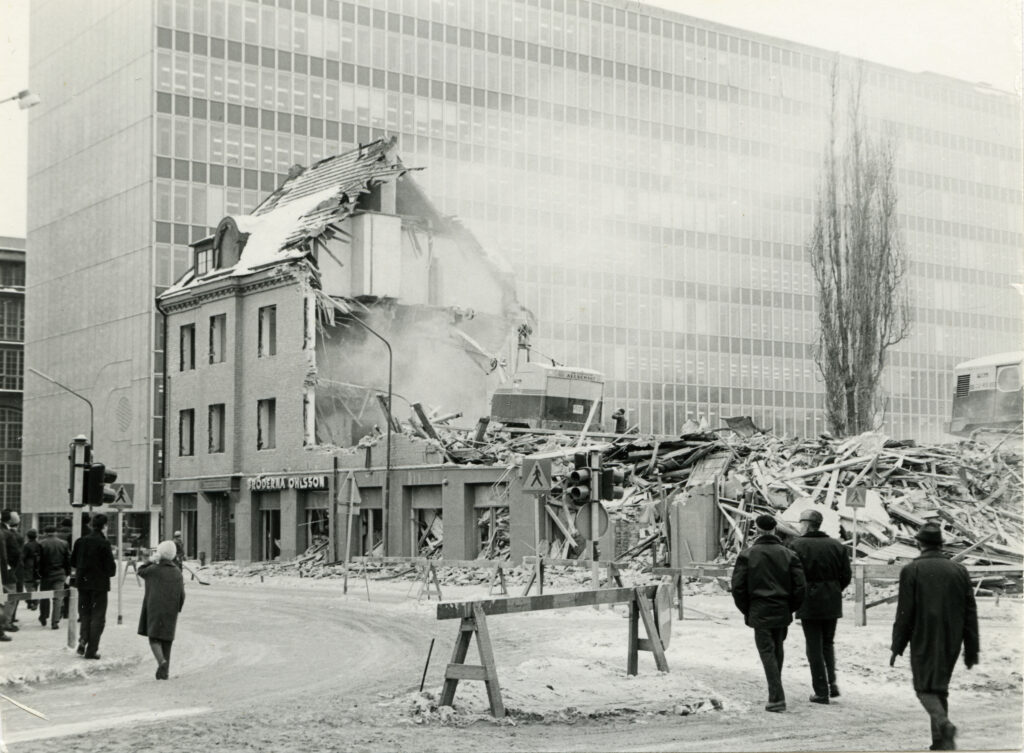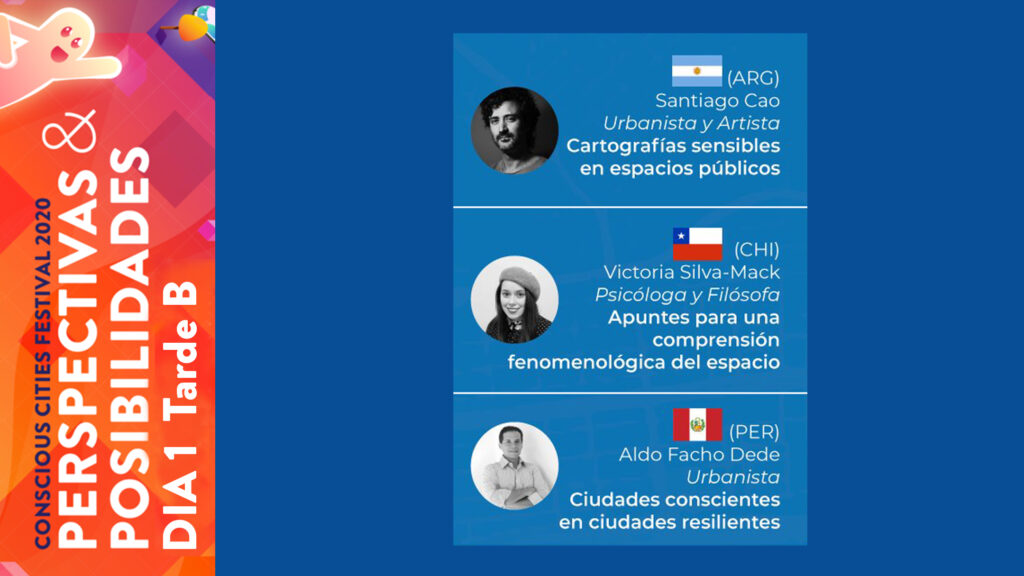The thinking that underpinned urban planning and design during much of the twentieth century is fast unravelling. The kind of static zoning plans that saw segregated land uses as “mission accomplished” resemble a chrome-bedecked gas-guzzling saloon car. It is important to situate such plans and the practices that produced them in their time capsule. They are products of a pre-digital age, and its social and economic structures. Yet across much of the globe urban planning systems remain rooted in that past; often the legacy of colonial engineers, with at best a tweak towards direct public involvement through the kind of participation exercises that were first trialled half a century ago.
The emergence of the conscious cities concept sits alongside so many features of contemporary urban life that were barely known in the year 2000. AirB’n’B and Uber have blurred the categorisations of land use classes and public transport. Crowdfunding can make things happen. The IT giants and phone companies extol the capacity of big data to make cities smart. Aye, there’s the rub, for we know that these innovations have occurred contemporaneously with a major shift in the distribution of income and wealth that has primarily benefited the very richest, while insulating them in global locations quite removed from the shared spaces that make cities and communities. This is the context within which an approach to planning and design informed by conscious cities will be tested.
Like in any nascent field, the scope, propositions and methodologies of conscious cities work is still developing. That is even more the case with my own grasp of this new literature, so what follows should be treated critically. The fundamental idea is that peoples’ interaction with their environment is a two-way process that induces not just material impacts but can also shape minds and a sense of well-being – or its converse, such as stress or other disorders. In some respects, this is not a particularly new idea. Planners and policy makers of yesteryear believed that taking people out the slums and giving them a more spacious living environment would make them more healthy and happy. Just as surely, “new town blues” were diagnosed after those same people were relocated. The naiveté of a generation of planners largely trained in the construction disciplines was rigorously exposed by social scientists who contrasted a reductionist “environmental determinism” with the multiplicity of factors at play.
Research on conscious cities should be able successfully to negotiate this trap. The speed and capacity provided by today’s data technology offers unprecedented sophistication in dealing with complexity. There is also a much greater understanding of diversity. Similarly, we are much more comfortable with the notion that a public space can have multiple roles, some of them simultaneously. The Pokémon Go game, released in July 2016, creates previously unimagined augmented reality in public locations, pointing us to completely new ways to reconfigure an emotional relationship between self, others and places. Innovations such as this demonstrate the way that the technology demonstrates new possibilities but also presents new challenges to the venerable professions that once led thinking and practice about creating spaces for people. The cross-disciplinary collaborations could significantly shape the trajectory that research follows and the potential for applying the science through practice. The potential for work with health professionals specialising in gerontology has already been demonstrated, for example through designing places to help stimulate and sustain memory. Similarly, there are other aspects of health care where a conscious cities input could be highly beneficial – the design and locations of hospitals currently seems largely to reflect functionality and accountancy principles. In the UK at least, much the same is true of our new school buildings, so there needs to be dialogues with educationalists and with their learners.
Much could be gained by focusing on the historic environment and the way it contributes to a sense of place for diverse groups. Currently most countries have an expert-driven system of evaluation to classify and protect some buildings and landscapes. This contrasts with the way that UNESCO now regards intangible heritage, where there is real appreciation of a diversity of experiences and consequently a strong bottom-up impetus in decisions about what should be conserved. Similarly, it is all too easy to dismiss objectors to development as “nimbies”, whose laments are a mere cloak to hide their concern about the impact on the market value of their houses. The result is substantial public discontent with the way that planning systems handle controversial applications, and a feeling that rules and procedures unfairly disadvantage ordinary people. Similarly, conservation professionals have struggled to demonstrate the “value” of a building or landscape threatened by a development promising a carefully quantified number of jobs and amount of investment. One challenge then will be to develop methodologies that can properly identify the ways in which urban and rural conservation shape our consciousness and sense of who we are, and the ways in which we share our places with others.
In all of this, the research needs to be built upon a deep appreciation of diversity. Class, gender, ethnicity, sexual orientation, age and region are all important in defining and differentiating experiences of places, and shaping consequent actions. Similarly, we need to remember that the major challenges today, both in terms of city building and climate change adaptation, are in the rapidly urbanising countries. Yet these are typically places where capacity in research and urban management is sparse and often ill-connected. Comparative research, taking in, but not limited to, such places, could yield valuable insights and increase awareness of the cultural dimension of conscious cities.
Most fundamentally, work on conscious cities needs to connect to a human rights perspective. It seems unavoidable that part of the field will be developed by big corporations in order to better sell their products. After all, developers have long known how to design a shopping mall or a casino so as to nudge their customers’ spending. Similarly, design interventions have already been enacted in many cities in an attempt to make it harder to carry out terrorist actions. By their very nature, cities are contested spaces and urban research and practice cannot escape that reality.










